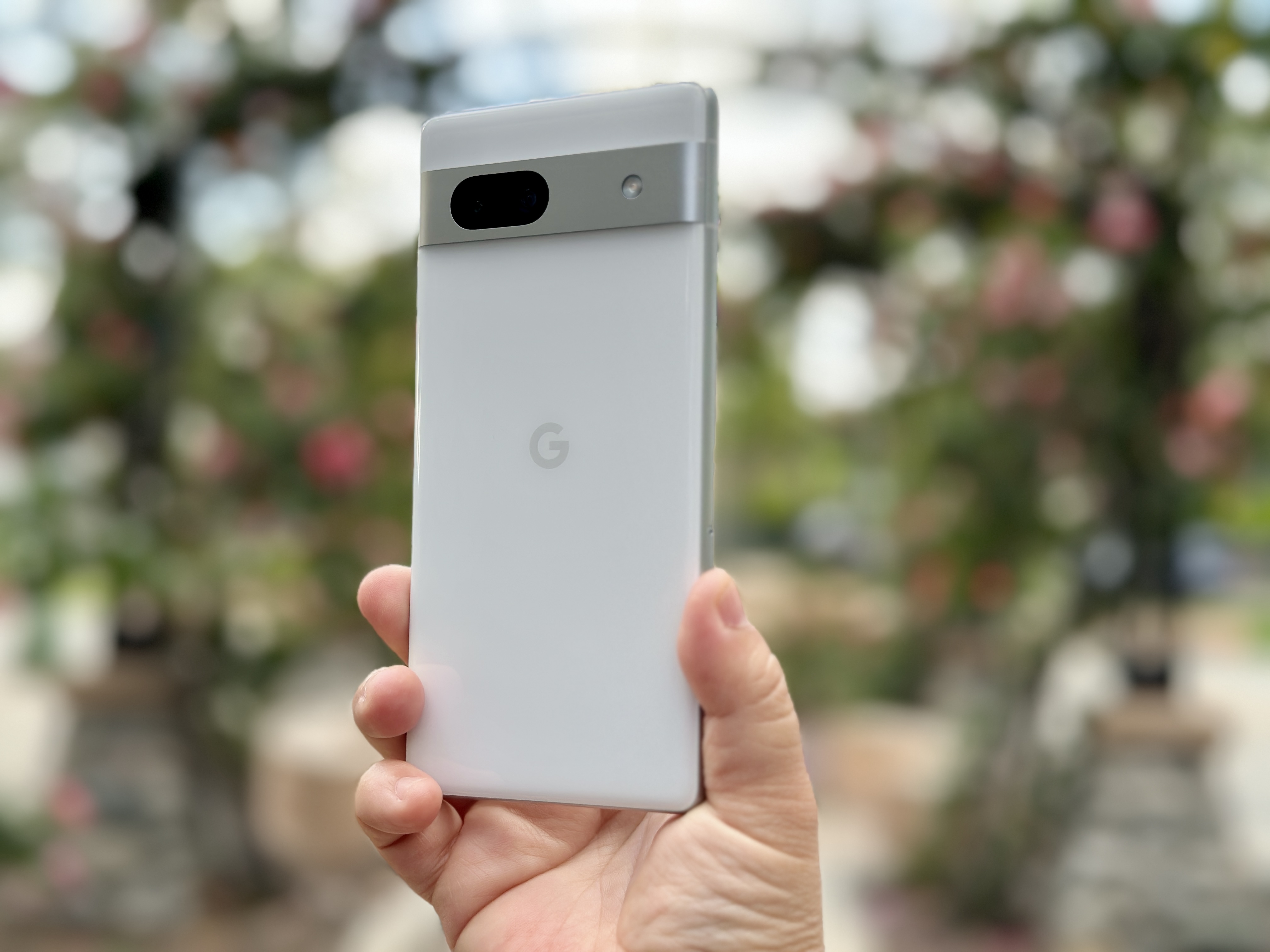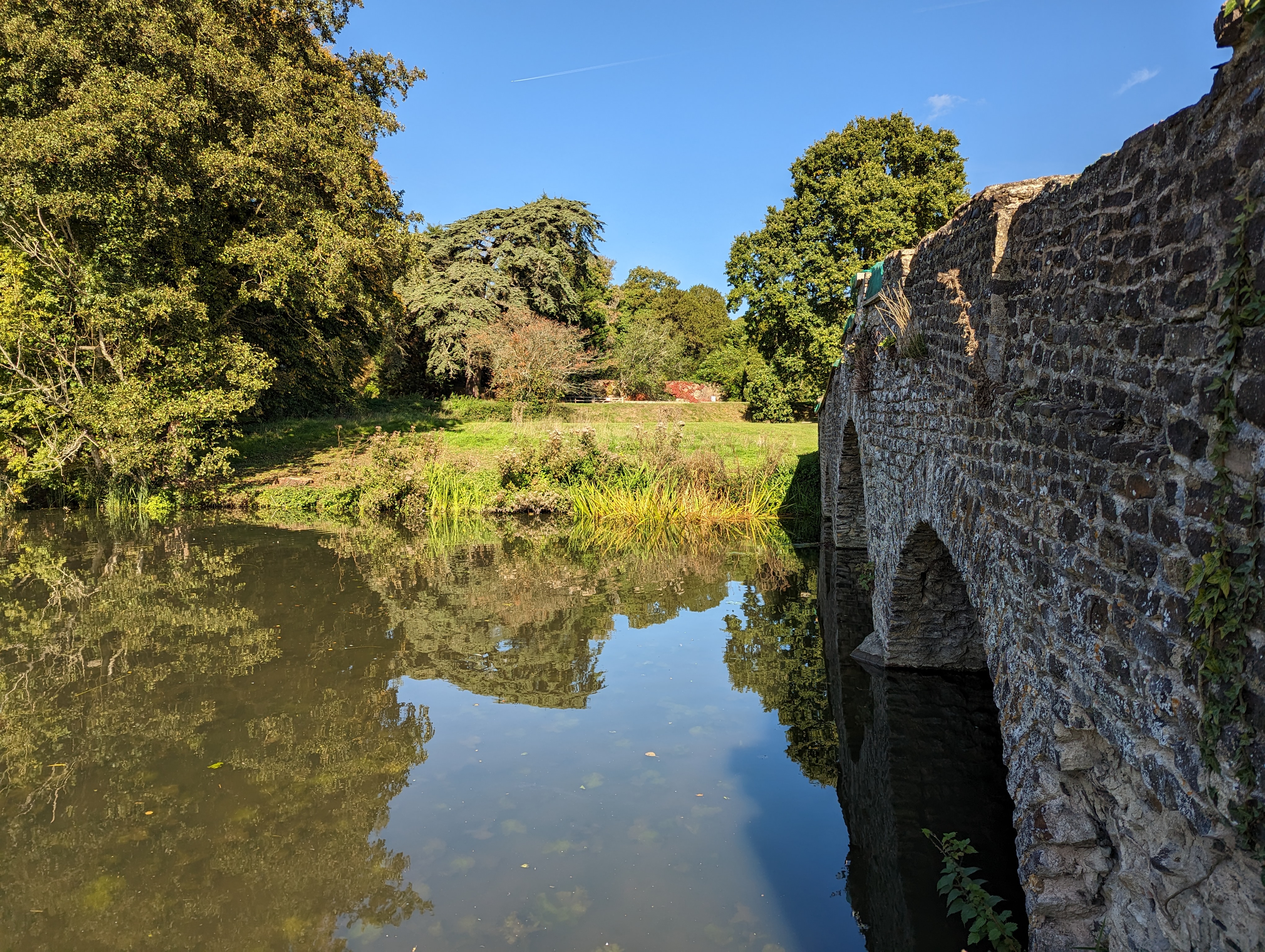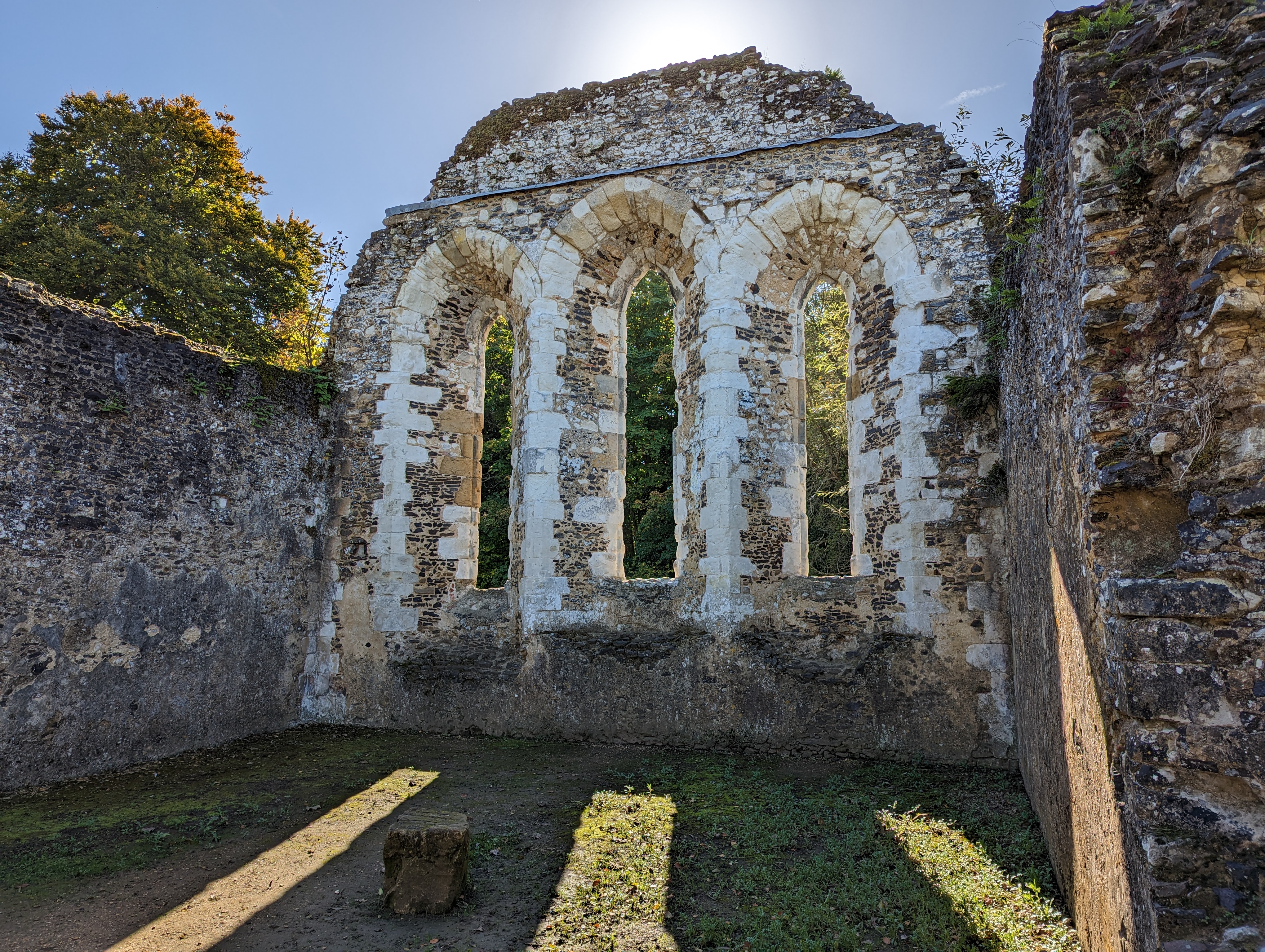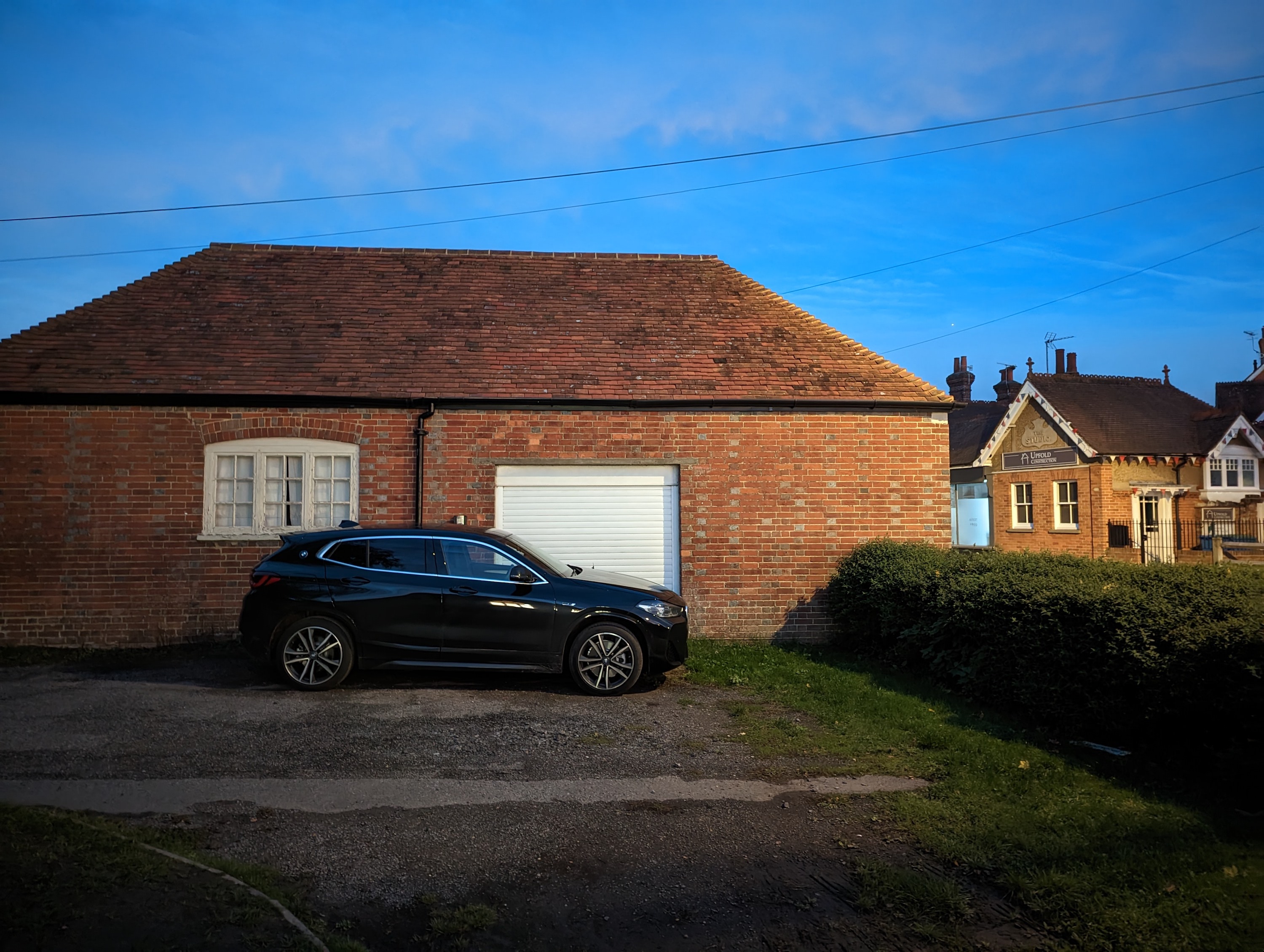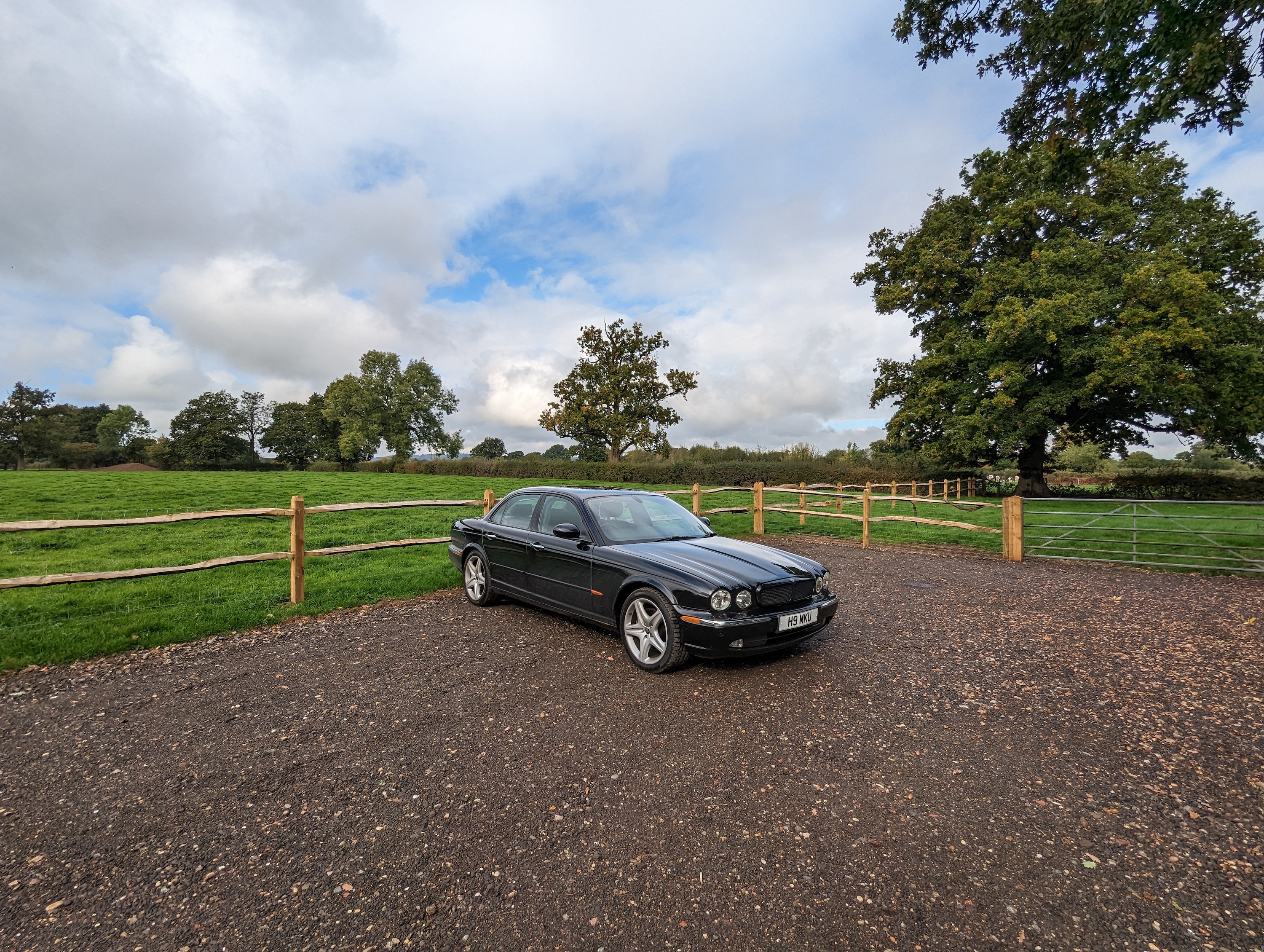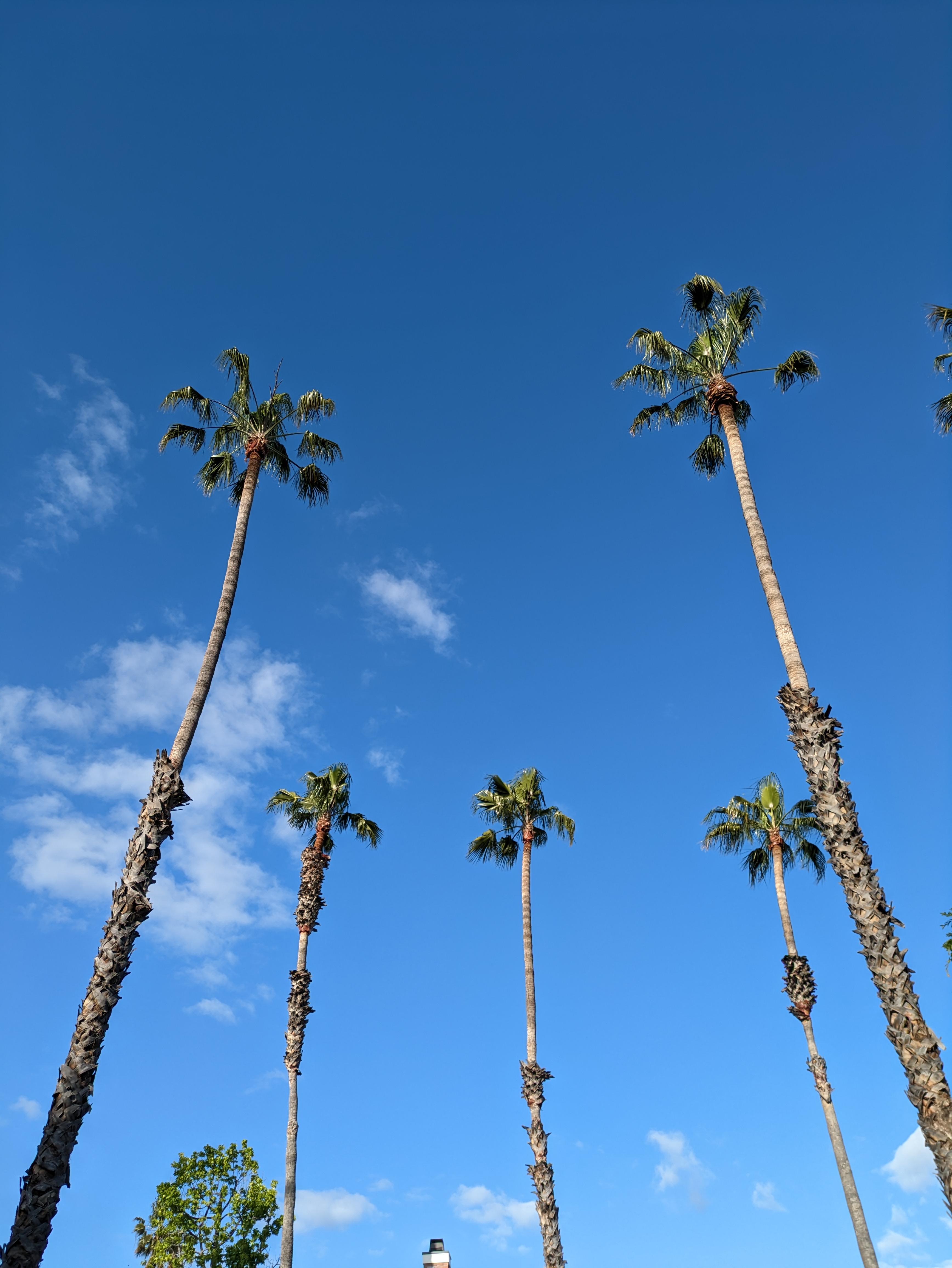
Google’s A-series smartphones have been a bright spot in the midrange market for a few years now, and the Google Pixel 7a is the latest in that line. This newest update supercharges the Pixel A, adding the Google Tensor Gen 2 processor, a 90Hz refresh rate, and the highest megapixel couny ever seen on a Pixel A smartphone. But those upgrades come at a price, and that has translated into a slightly higher cost for the new Pixel 7a of $499.
It’s a relatively modest increase for the specs boost on offer — but it does mean the Pixel 7a has moved to just $100 away from its bigger sibling, the Pixel 7. Priced at $599, the Pixel 7’s flagship specs mean it’s a tough competitor for the new Pixel 7a to beat. It also means you’re presented with a difficult choice when it comes to buying a reasonably priced Pixel. Should you buy the Google Pixel 7a or spend $100 more to grab the flagship Pixel 7? Let’s find out.
Pixel 7a vs. Pixel 7: specs
| Google Pixel 7a | Google Pixel 7 | |
| Size | 152 x 72.9 x 9 mm (5.98 x 2.87 x 0.35 inches) | 155.6 x 73.2 x 8.7mm (6.13 x 2.88 x 0.34 inches) |
| Weight | 193.5 grams (6.84 ounces) | 197 grams (6.9 ounces) |
| Screen size | 6.1-inch OLED | 6.3-inch AMOLED |
| Screen resolution | 2400 x 1080 pixels (429 pixels per inch), 90Hz | 2400 x 1080 pixels (416 pixels per inch), 90Hz |
| Operating system | Android 13 | Android 13 |
| Storage | 128GB | 128GB, 256GB |
| MicroSD card slot | No | No |
| Processor | Google Tensor Gen 2 | Google Tensor Gen 2 |
| RAM | 8GB | 8GB |
| Camera | Dual lens 64MP wide, 13MP ultrawide rear, 13MP front | Dual lens 50MP wide, 12MP ultrawide rear, 10.8MP front |
| Video | Up to 4K at 60 frames per second (fps) | Up to 4K at 60 frames per second (fps) |
| Bluetooth version | Bluetooth 5.3 | Bluetooth 5.2 |
| Ports | USB-C | USB-C |
| Fingerprint sensor | Yes, in-display | Yes, in-display |
| Water resistance | IP67 | IP68 |
| Battery | 4,385mAh 18W wired charging (no charger included in the box) Wireless charging | 4,355mAh 20W wired charging (no charger included in the box) Wireless charging Reverse wireless charging |
| App marketplace | Google Play Store | Google Play Store |
| Network support | Most major carriers | Most major carriers |
| Colors | Charcoal, Snow, Sea, Coral | Obsidian, Snow, Lemongrass |
| Price | Starting at $499 | Starting at $599 |
| Buy from | ||
| Review | Pixel 7a review | Pixel 7 review |
Pixel 7a vs. Pixel 7: design, display, and durability
Gone are the days of boring Pixels — Google’s smartphones now have a unique design and identity, and the Pixel 7 range has continued that. The camera bar at the back of the phone is the highlight, with the camera’s dual lenses peeking out from a contrasted metal visor. It may look a little like a Ninja Turtle headband, but it’s unique and looks fabulous. Around the front, slim bezels surround the 1080p display, interrupted only by a hole-punch for the selfie lens.
You might have noticed we didn’t really contrast the two phones in that paragraph, and that’s largely because the two phones’ designs are identical. That’s a good thing, but there are small differences between the two. For instance, the Pixel 7a only has an IP67 rating for dust and water resistance and sports an “all-new midrange architecture” that boosts the phone’s durability but sets it apart from the Pixel 7’s glass and aluminum build.
There are more differences in the display tech. The resolutions and refresh rates are the same between the two phones, and the 90Hz refresh rate is an overdue boon for the Pixel 7a in particular, but the similarities end there. The Pixel 7’s display is slightly larger, but it’s also an AMOLED panel rather than the OLED panel on the Pixel 7a. The Pixel 7’s AMOLED tech is slightly higher quality than the Pixel 7a’s OLED, but it’s a very small bonus, all things considered.
This is an extremely tight category, and while we’re awarding the win to the Pixel 7’s better IP rating and screen, it’s definitely not the category to base your purchase on.
Winner: Google Pixel 7
Pixel 7a vs. Pixel 7: performance, battery life, and charging

As these are both Google-built phones, they benefit from Google’s processor, the Tensor Gen 2. This flagship chip has some downsides, but it still delivers strong performance and is more than capable of tackling all the latest apps and 3D games. The Pixel 7a benefits from this, as it gives the phone flagship potential at a lower price — which isn’t something we generally expect from anyone other than Apple. Both of these phones use the Tensor Gen 2, have 8GB of RAM available, and 128GB of storage as standard. The Pixel 7 does have a 256GB variant, which may be something for media lovers to consider, as neither phone comes with expandable storage via a microSD card.
What about battery life? Neither phone is a battery champ, though the regular Pixel 7 exhibited stronger performance during our tests. Both last about one day, but the Pixel 7a tends to die a bit quicker than the Pixel 7, despite the slightly larger battery. The Pixel 7 also has a charging advantage, offering 20-watt wired charging compared to 18W on the Pixel 7a. And while both phones have wireless charging, only the Pixel 7 offers reverse wireless charging.
It’s another close call for the Pixel 7, but ultimately, it takes the win here over the Pixel 7a.
Winner: Google Pixel 7
Pixel 7a vs. Pixel 7: cameras
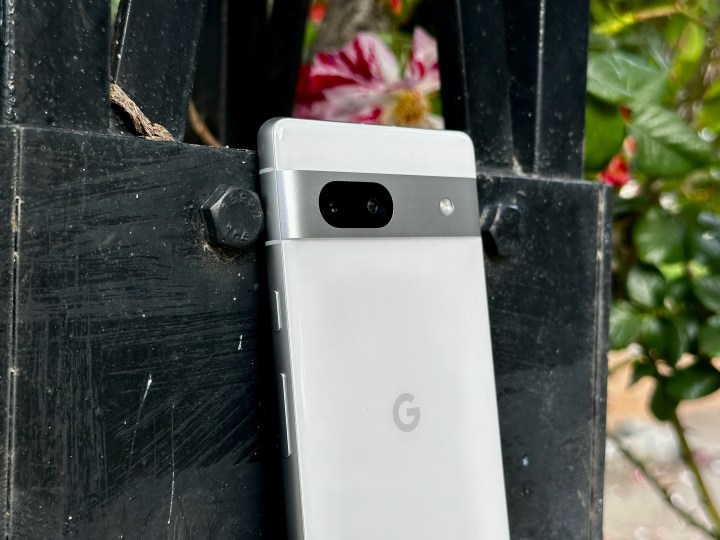
With so many of these phones’ specs being similar, it’s here that the battle will be won or lost. The camera has traditionally been the Pixel’s strongest element, and both of these phones are sure to have strong cameras. But which is better? That’s a tough question to answer, but one of these phones definitely has a weak point.
The Pixel 7 sports a dual-lens 50-megapixel wide main lens, paired with a 12MP ultrawide lens on the back and a 10.8MP selfie lens around the front. It is, in a word, excellent. Thanks to a combination of the hardware and Google’s exceptional software, stills somehow look better than real life.
It’s one of the few phones that takes an exceptional picture every time without the need for tweaks in an editing app. Google is the king of point-and-shoot phone cameras, and that comes to the fore here. The lack of a dedicated zoom lens means it loses out in that area, but the 8x digital zoom is still good, and the excellent Night Sight mode continues to lead the way for lowlight shots.
How does the Pixel 7a stack up? The star of the show is the 64MP main lens, the largest ever seen on a Pixel A-range phone. It’s joined by a 13MP ultrawide lens and a 13MP selfie lens around the front. The Pixel 7a mostly produces excellent shots on par with the Pixel 7, and its versatility is very close due to the similar hardware used.
One element to note is a difference in pixel size. The Pixel 7a has a smaller pixel size than the Pixel 7, which means the Pixel 7 is able to gather more light in the same amount of time. More light generally means better pictures in camera terms, and it matters a lot where lowlight photos are concerned. That smaller pixel size means the Pixel 7a isn’t as capable as the Pixel 7 when visibility drops, and that matters a lot in a phone with as strong a pedigree as the Pixel.
The midrange Pixels continue to provide exceptional photos, but the flagship Pixel 7 still has the edge that makes all the difference. For a closer look at the cameras, check out our full Pixel 7a vs. Pixel 7 camera test.
Winner: Google Pixel 7
Pixel 7a vs. Pixel 7: software and features
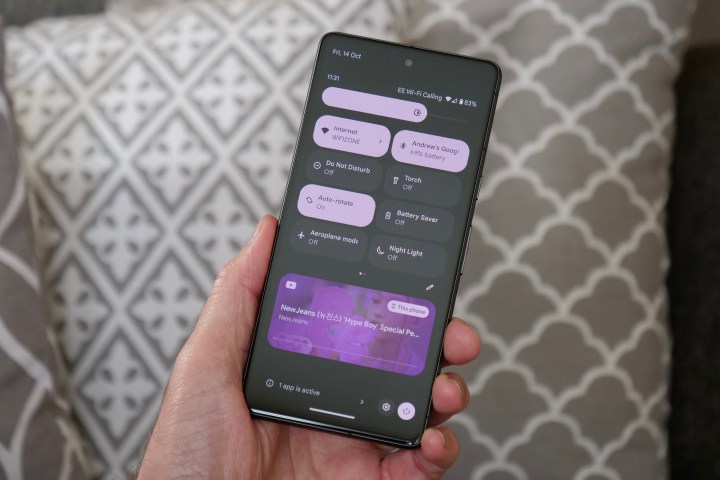
Both phones run Android 13, and it’s one of the cleanest versions of Android you’re likely to find anywhere. It’s not pure, “stock” Android due to a few small additions, but it is close — and one of the best options for Android purists. This pair also benefit from having the fastest update speeds in the Android space since Google owns and operates Android, giving it an advantage no other Android manufacturer can match. Both phones come with a commitment to three years of major Android version updates and five years of security updates as well. Both are excellent promises and mean each can potentially last for years after purchase.
But it’s worth quickly mentioning the elephant in the room: Bugs. The latest Pixel range has been beset by a number of software issues, ranging from small to large, and they’ve affected a number of handsets. Worst of all, they’re not consistent, so you could end up with a bug-free handset or a buggy one, and there’s no way to tell. These can be fixed, though, and it’s possible Google has ironed them out in time for the Pixel 7a.
You’ll find the same special features on both phones. Those include excellent AI-powered features like Call Screen, which answers calls for you and provides a transcript of the call, and Now Playing, which intelligently identifies songs playing near you. There are a number of features tied into the camera and Google Photos as well, like Photo Unblur, Night Sight, Long Exposure, and the excellent Magic Eraser, which can remove unwanted elements from a picture for you. Both phones will also get Google’s incredible new AI-powered Magic Editor and generative AI wallpapers, which were announced at Google I/O 2023.
You’ll find the same software and features on both phones. This is a definite tie.
Winner: Tie
Pixel 7a vs. Pixel 7: price and availability
The Google Pixel 7a is now available, having released immediately upon announcement. It costs $499, and while it has 5G support, keep in mind that only the Verizon-sold model will have access to mmWave 5G bands.
The Google Pixel 7 is currently available, and prices start from $599. It’s available from a number of stores, and it often catches good discounts during sales, so it’s often worth waiting if there’s a sale period on the horizon. It works with several U.S. carriers, but remember that, like the Pixel 7a, you won’t get mmWave access on every model.
Overall winner: Google Pixel 7

Taking three categories out of four, it’s clear the Google Pixel 7 is the technical winner here. However, it’s certainly not a dominant win, as the Google Pixel 7a put up a very strong fight indeed. While the Pixel 7 won many of the rounds, it wasn’t by a long shot by any means, and most could easily have swung back toward the cheaper smartphone.
But where does this leave you in wanting to buy a new phone? On first impressions, it’s hard to justify spending the extra $100 on the Pixel 7. That extra money gets you a camera with a slightly bigger pixel size, a faster charging rate, and a marginally better display and water resistance. That’s not a lot, and it makes the Pixel 7 a harder sell. However, the Pixel 7a has proven to be something of a disappointment, with poor battery life, lack of reverse wireless charging, and slightly worse lowlight photos. With that in mind, the extra $100 spent on the Pixel 7 starts to make sense — especially considering how frequently the phone gets discounted these days.
The price is a big part of the reason the Pixel 7 ultimately wins out here, but there are other options outside of just the Pixel 7a. The Google Pixel 6a is being kept around as a cheaper option, and it’s now available at $349 — a full $150 less than the new Pixel 7a. Last year’s Pixel A also comes with a flagship processor, an exceptional camera, and one-day battery life, all at a big discount To see how the two stack up, check out our Pixel 7a vs. Pixel 6a comparison.
If you’re looking at the Pixel 7a as a cheap Pixel, we recommend either upgrading to the Pixel 7 or dropping down to the still-excellent Pixel 6a.

